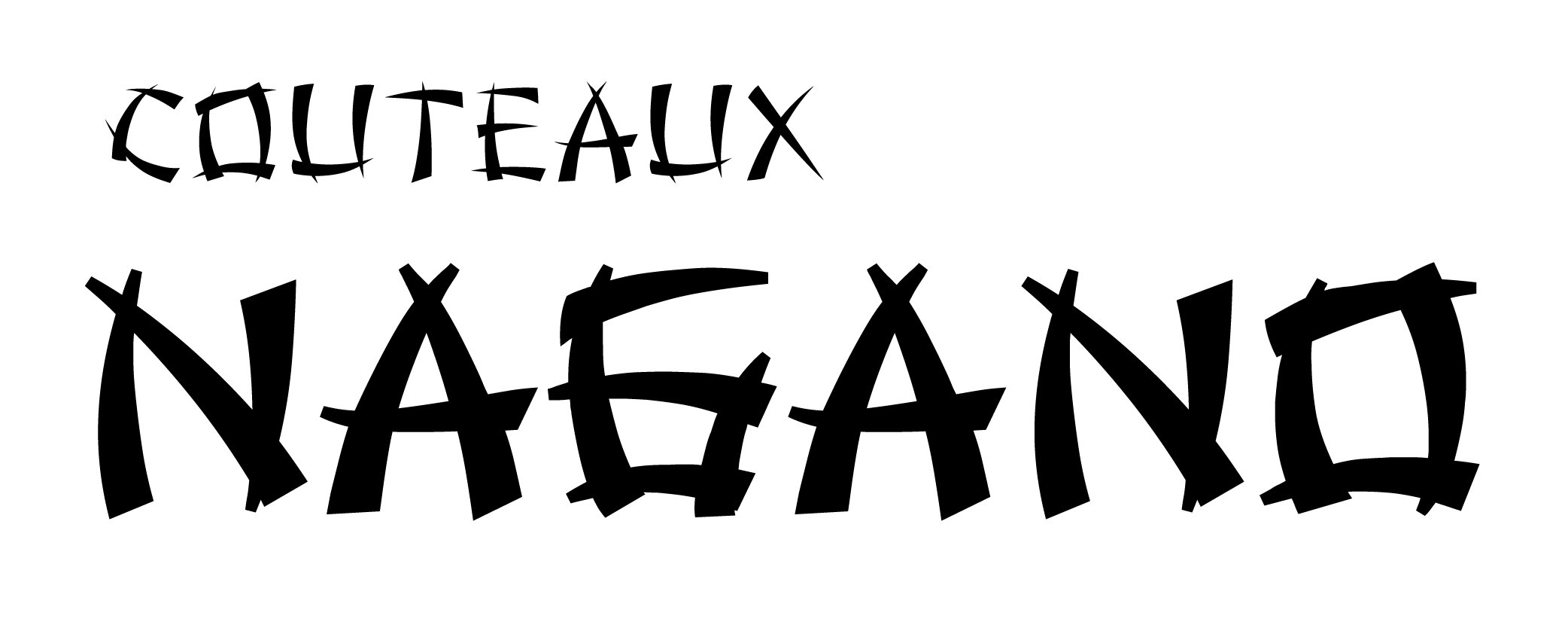As much as there are different metals and styles of knives, as much as there are different choices of handles in Japanese knives. Traditionally the handles were made of wood and now the most used wood is ho (magnolia).
Western handles are often heavier, but their volume and surface are smaller than most Japanese handles. The materials used are often synthetic wood or hardened wood and are non-porous. Chiefs who prefer the feel of a western handle appreciate a heavier balance and hold the handle closer to the blade. This allows for more weight in the cut. Western or "western" handles are easy to recognize, they are made with rivets.
Japanese handles, on the other hand, are often made of incinerated wood and friction on a hidden tang. In higher-end knives, a ring or bolster made of buffalo horn closes the blade-handle junction and prevents any splitting. This allows for easy installation and replacement. The wood is porous and fine-grained, which makes it less likely to split and keeps its grip. More decorative woods, such as ebony, yew, cherry or chestnut, are made into handles, although they are heavier and often charred on the outside to improve adhesion and water resistance. Ebony handles are often more fragile, we do not recommend them. Handles can be available on request.
If not properly treated or maintained, these decorative woods will crack more easily if exposed to moisture. Pak wood, or Pakka wood, is a synthetic and laminated wood also used on less expensive knives, generally replacing either the buffalo horn ring or the ring and handle. Because it is held in a synthetic resin, it is non-porous and waterproof. The most common wood variant is chestnut, and the most common shape is a slightly conical octagon. Another common shape is the d-shape, which is an oval handle with an edge extending on the same side as the bevel of the edge (right side of the handle for a right-handed knife). In the higher-end handles, urushi varnish can be used as decoration. There are also knife handles finished with mother-of-pearl, which gives a very high-end look. There are three main shapes of handles.
- Hachikaku: octagonal shape handle
- Hanmaru: octagonal shaped handle, but rounder than the Hachikaku.
- Marushinogi: with a D shape
A chef who prefers a knife with more weight in the blade, his knife to be lighter, to have a larger handle, or one who wants to replace the handle of his knife more easily, will often turn to a Japanese handle.

